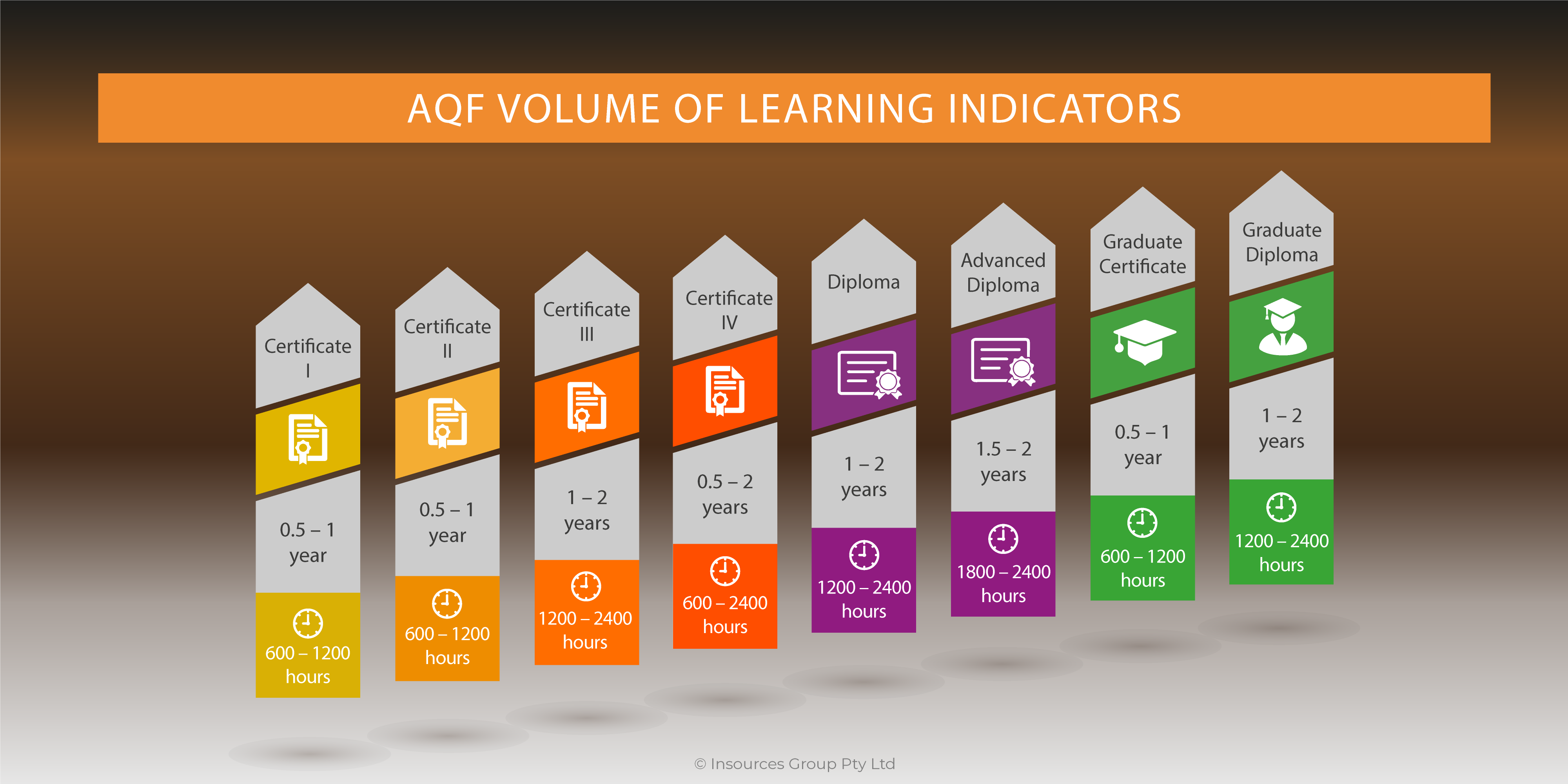 Recently, there’s been a lot of discussion about how brainstorming doesn’t work. Forbes, Fast Company, and the New Yorker have all weighed in with articles (see references). I agree that what they term as brainstorming doesn’t work, but that doesn’t mean brainstorming doesn’t work.
Recently, there’s been a lot of discussion about how brainstorming doesn’t work. Forbes, Fast Company, and the New Yorker have all weighed in with articles (see references). I agree that what they term as brainstorming doesn’t work, but that doesn’t mean brainstorming doesn’t work.
So, what is brainstorming?
The concept of brainstorming is that we get more people involved in thinking of alternatives to current issues or challenges. This is good for two reasons. First, we want alternatives when we have problems to solve, we want new ideas when we’re innovating, and so on. Second, when we tap into more people, the solution is nearly always better.
The model of brainstorming most organizations use is to get people in a room, give them the topic or problem, and have them discuss. This was the proposal of the originator of the concept. Which sounds like it aligns with the above, but this model is flawed. The main problem is that the first person to speak unintentionally influences the thinking of everyone else.
So, what’s a better brainstorming model?
First, you want to give people the problem or topic beforehand, or at least have concrete time to ponder the issue on one’s own. Then you can bring people together to share ideas and riff on them. (And it goes without saying that you need to pick the right people that you can trust to actually do the work to come up with ideas.)
The various articles naysaying brainstorming were touting different alternative models. One option was called brainswarming, another was brainwriting. In both, the idea was to individually ponder before discussing together. And I agree that this is a good idea. Your group doesn’t necessarily have to be co-located; the independent work can be accomplished apart.
The point is that there are nuances to getting the best output. The statement “the room is smarter than the smartest person in the room” has a major caveat that contends “if you manage the process right.” Otherwise, the room’s as smart as the most dominant, persuasive, or authoritative person in the room.
What’s more, you need to keep people focused on generating ideas first, diverging before you converge, and ensure that the feedback is always on the idea, not on the people. Counter-intuitively, constructive criticism is good, empirically. You also have to make sure that everyone has the opportunity to contribute.
Other components also come into play. Finding ways to spark lateral thought have proven useful. The presumed impact is to add ideas that might otherwise have been missed. Having diversity on the team helps, as well as a moderate level of connectedness. The average emotional intelligence of the team has also been shown to contribute, with higher EQ leading to better solutions.
Bottom line: The goal is to explore the space of possible solutions. We have cognitive biases that work to limit the spaces we’ll consider, and a good process has to find ways to break through those biases. Anything that helps us generate and evaluate alternate ideas is a potential contributor to the likelihood of optimizing the solution. For example, once we have a suite of ideas, and have had some lateral input, trying to combine the ideas to generate new ones can also be useful.
You can say that the process I’m calling brainstorming goes away from the original definition. You’re welcome to do so, and relabel what I’m doing as anything you want. All I care about is that you use what’s known to produce the best outputs, so that you’re innovating as optimally as possible.
Call it what you will—brainstorming, brainswarming, brainwriting, whatever—but please do it right. You’ll get better results, and that is what will make a difference.
By Clark Quinn, PhD
Reference:
“Brainstorming Doesn’t Work—Do This Instead” by Rochelle Bailis; http://www.forbes.com/sites/rochellebailis/2014/10/08/brainstorming-doesnt-work-do-this-instead
“Brainstorming Doesn’t Work; Try This Technique Instead” by Rebecca Greenfield; http://www.fastcompany.com/3033567/agendas/brainstorming-doesnt-work-try-this-technique-instead
“Groupthink: The Brainstorming Myth” by Jonah Lehrer; http://www.newyorker.com/magazine/2012/01/30/groupthink




